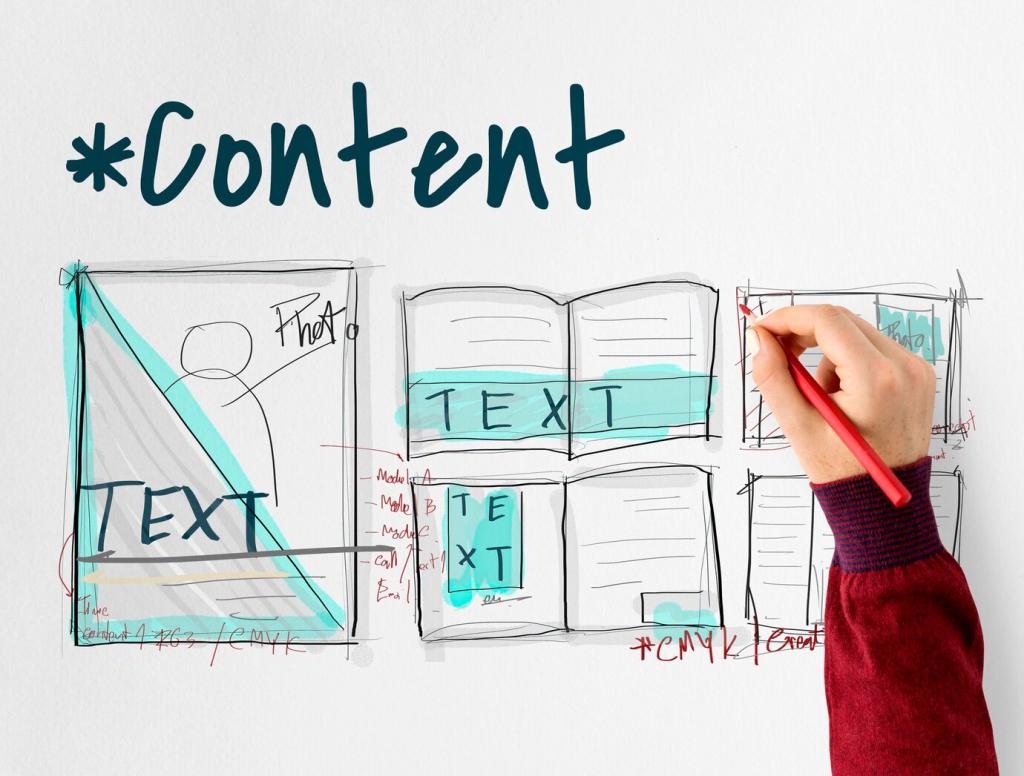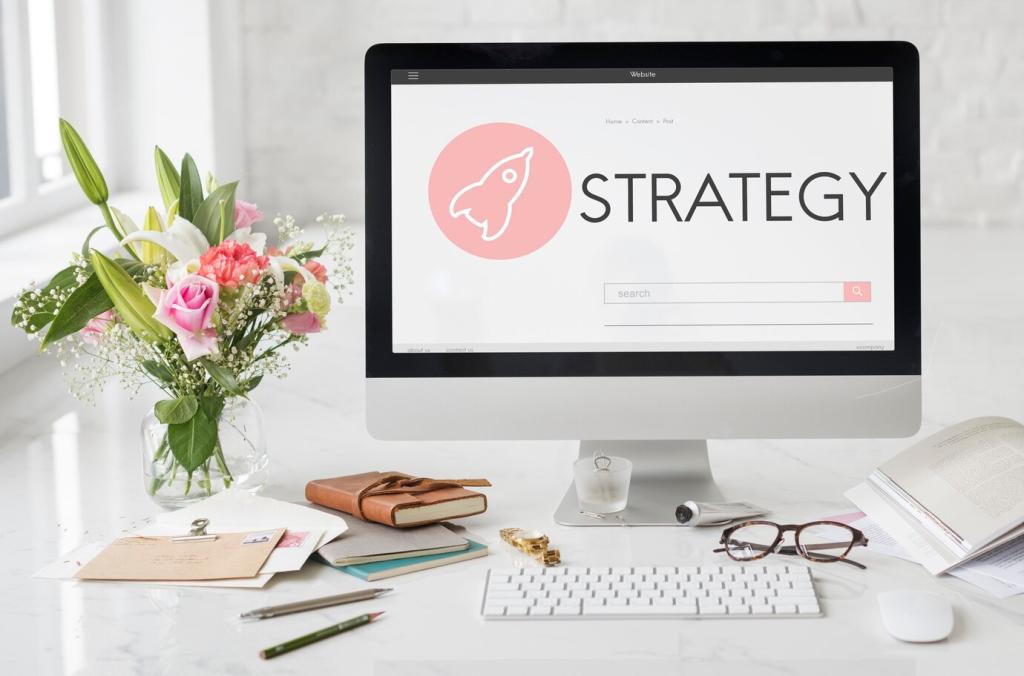Copywriting Strategies for Engaging Home Decor Audiences
Welcome in, design storytellers! Today’s chosen theme: Copywriting Strategies for Engaging Home Decor Audiences. Discover how to craft words that feel like well-placed lighting—warm, inviting, and transformative. Stay to learn, subscribe for weekly insights, and share your go-to tactic in the comments.

Know Your Room-Ready Reader
Home decor audiences decide with their eyes first and justify with words second. Lead with vivid mental imagery, then anchor with specifics. Ask: what picture will this sentence paint, and what detail will help them trust it?
Headlines That Dress a Space in One Line
Use unexpected pairings: “Quiet Colors, Loud Compliments.” Or a situational hook: “Five Minutes Before Guests Arrive.” Keep promise and payoff aligned so curiosity converts, not misleads. Respect earns more clicks than volume ever will.


Headlines That Dress a Space in One Line
Numbers anchor imagination: “Three Lamps that Make Small Rooms Look Tall.” Specifics set expectations and reduce bounce. If your promise names a result, deliver examples quickly. Readers stay when scope and substance match perfectly.
SEO That Preserves Voice and Style
Group queries by mindset: inspiration, comparison, purchase, care. Write pages that satisfy each stage. For example, “coastal living room ideas” needs airy visuals and mood words; “washable ivory rug” needs proof and reassurance.
SEO That Preserves Voice and Style
Caption like a designer, tag like a librarian. Alt text should describe style, material, and use case without stuffing. Image filenames matter too. Many decor clicks begin in Image Search; meet readers exactly where they browse.


Calls to Action That Advise, Not Push
Benefit-Forward Microcopy
Replace “Buy Now” with “See How It Warms Your Room.” In one test, benefit-forward phrasing lifted clicks because it completed the reader’s goal. Microcopy should sound like a stylist nudging you toward a better vignette.
Choice Architecture with Empathy
Offer two clear paths: “Browse Light Woods” or “Explore Dark Woods,” acknowledging taste and context. When people feel seen, they choose confidently. CTAs can guide without pressure, like a showroom associate who listens first.
Urgency Without Anxiety
Time cues should protect peace: “Ships before your holiday guests arrive” beats “Limited stock!” Frame urgency around their plans, never panic. Invite readers to share deadlines they’re decorating toward, so examples feel timely and kind.
Channel Choreography: Site, Email, Social
Homepage language should set the seasonal story; category pages should soothe with specifics and comparison help. Think magazine cover versus shopping assistant. Ask yourself where readers are mentally, then write for exactly that moment.
Channel Choreography: Site, Email, Social
Pair a mood with a utility: “Cozy Corners, Three Lamps.” Keep preview text finishing the thought. Track open rate by theme, not just phrasing, to learn which feelings your audience actually wants in their inbox.


Measure, Learn, and Iterate Creatively
Watch where eyes rest and where thumbs pause. If readers skip care instructions, move them into tooltips. If they linger on room shots, caption those moments. Let behavior inform which sentences deserve the spotlight.
Measure, Learn, and Iterate Creatively
Change one meaningful element at a time: tone, benefit, or structure. We once swapped “Shop Now” for “Try This In Your Entryway” and saw stronger clicks. Bold differences teach faster than timid tweaks ever will.
